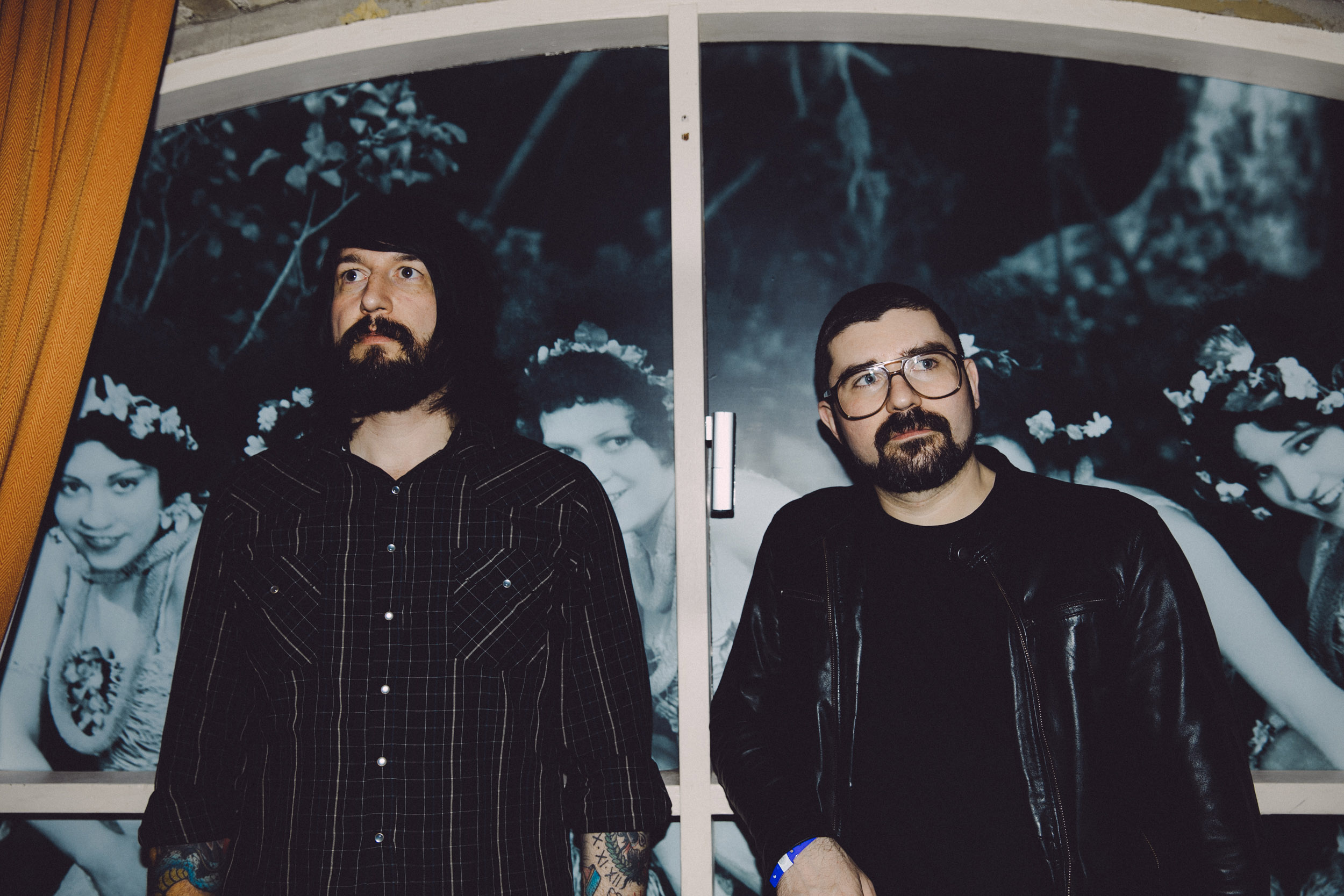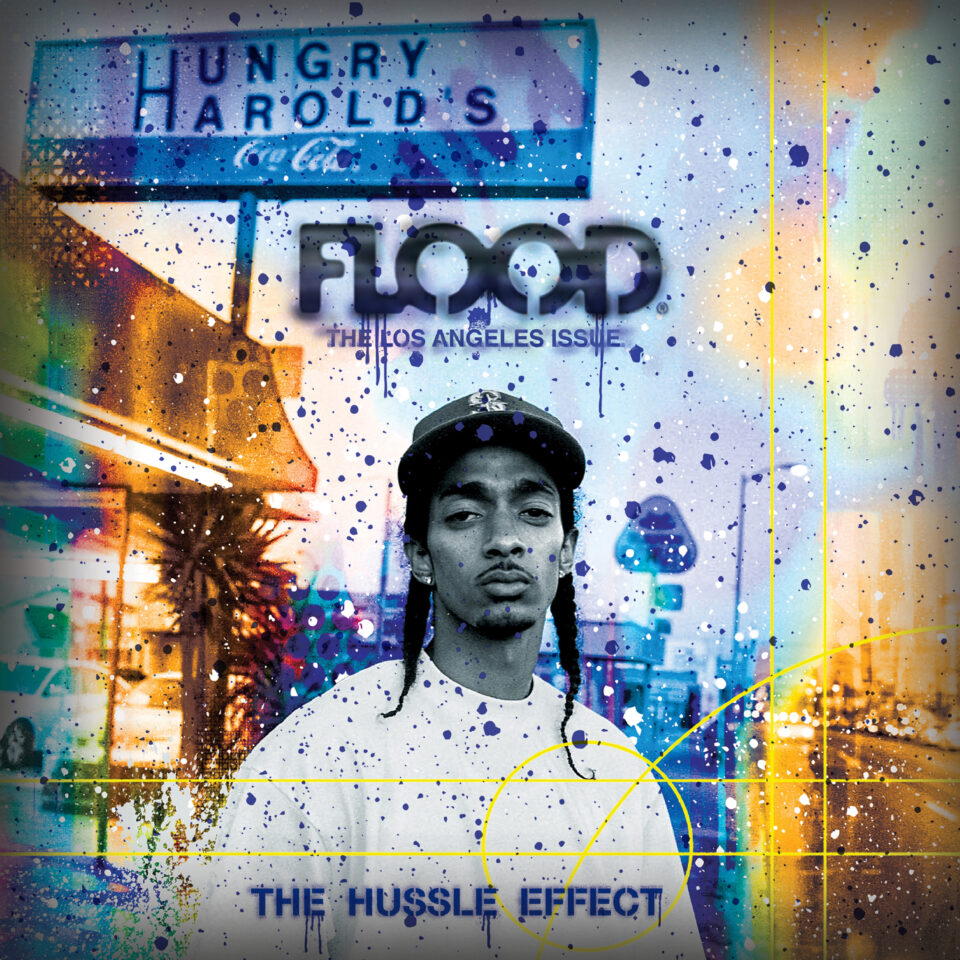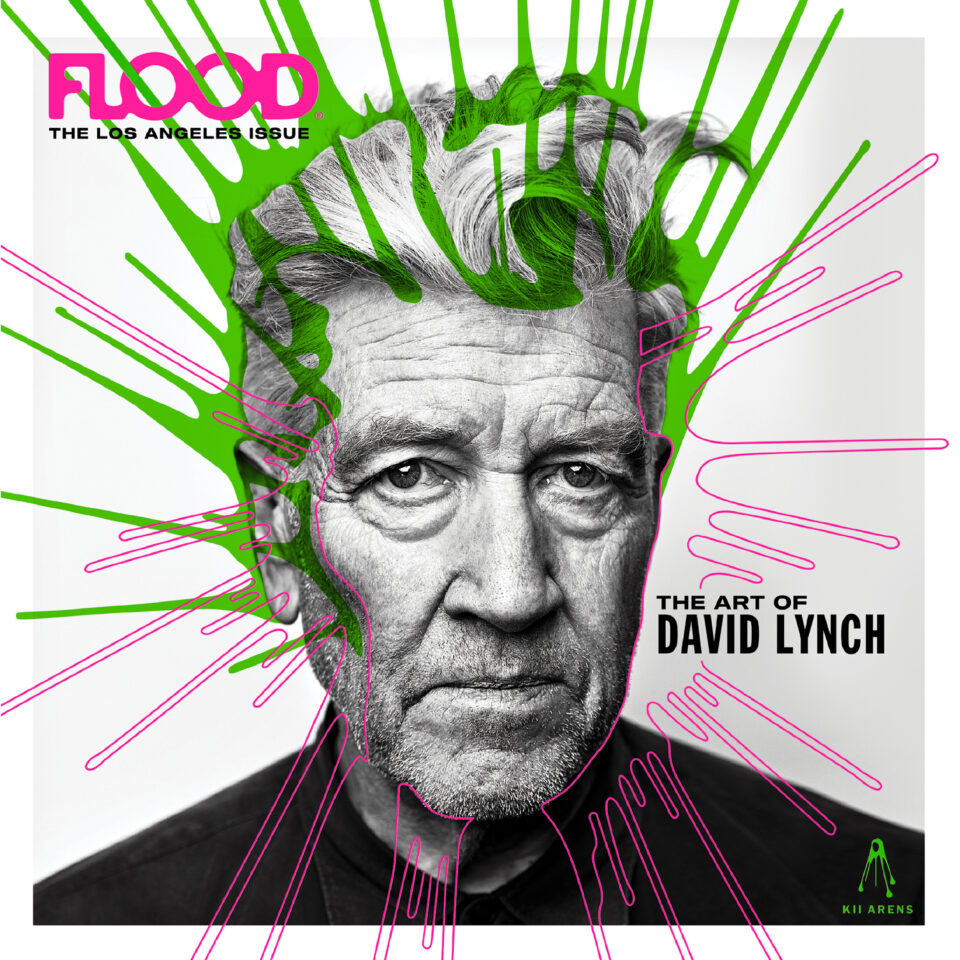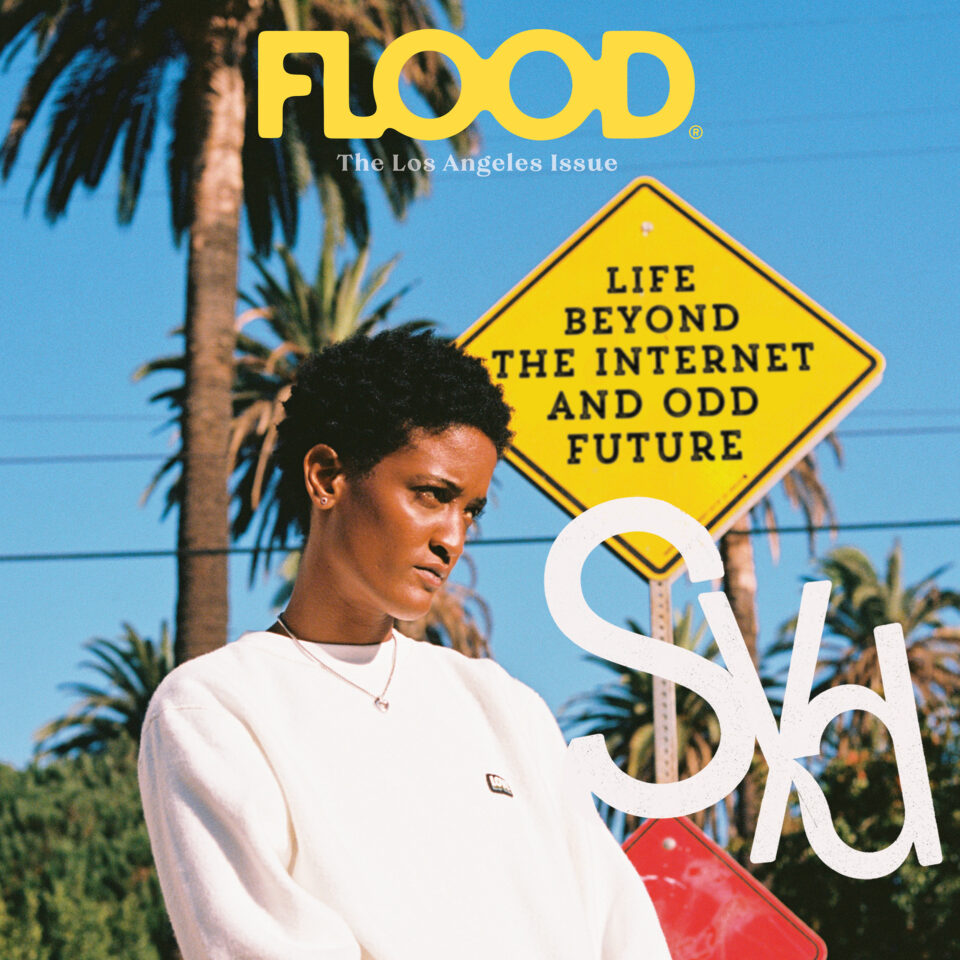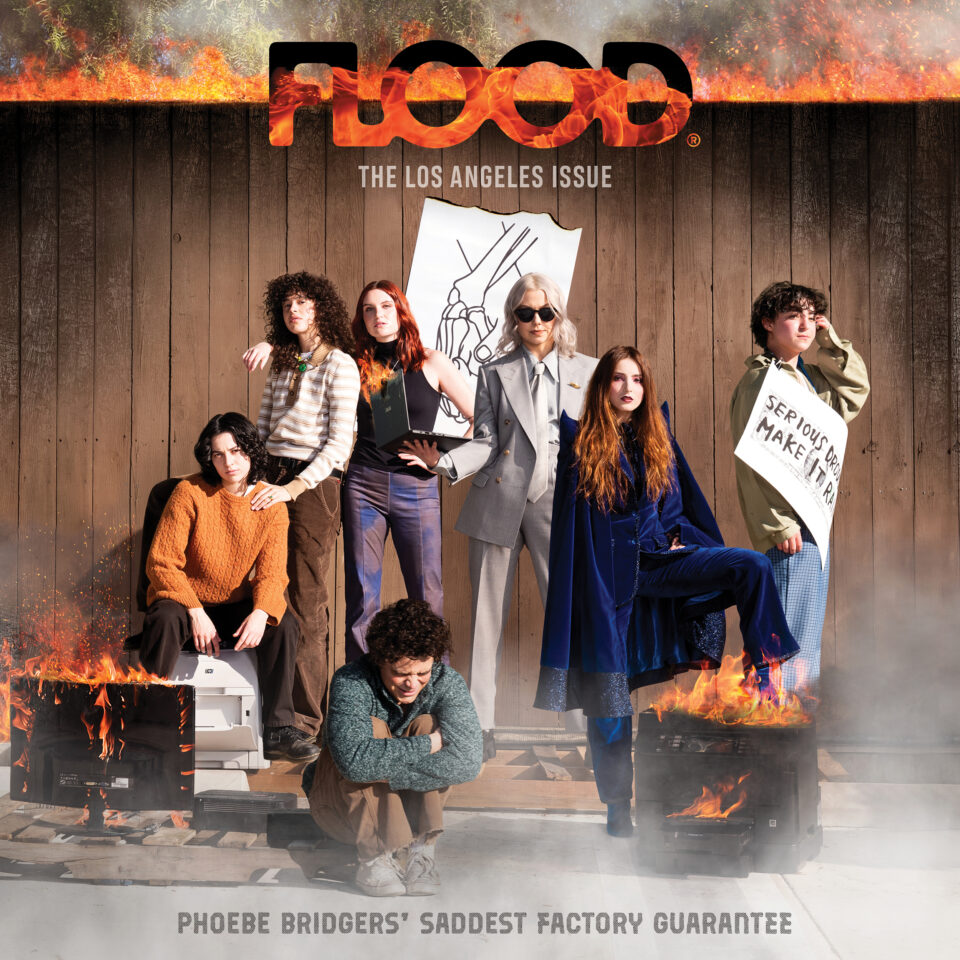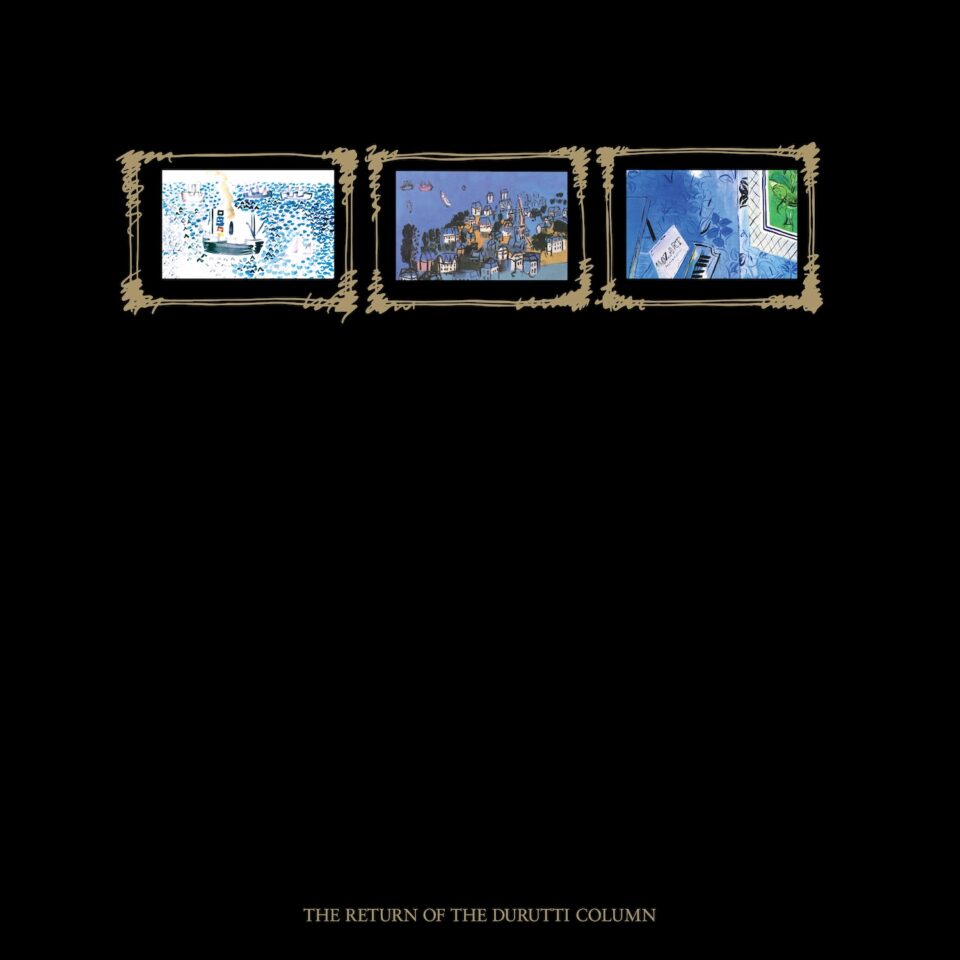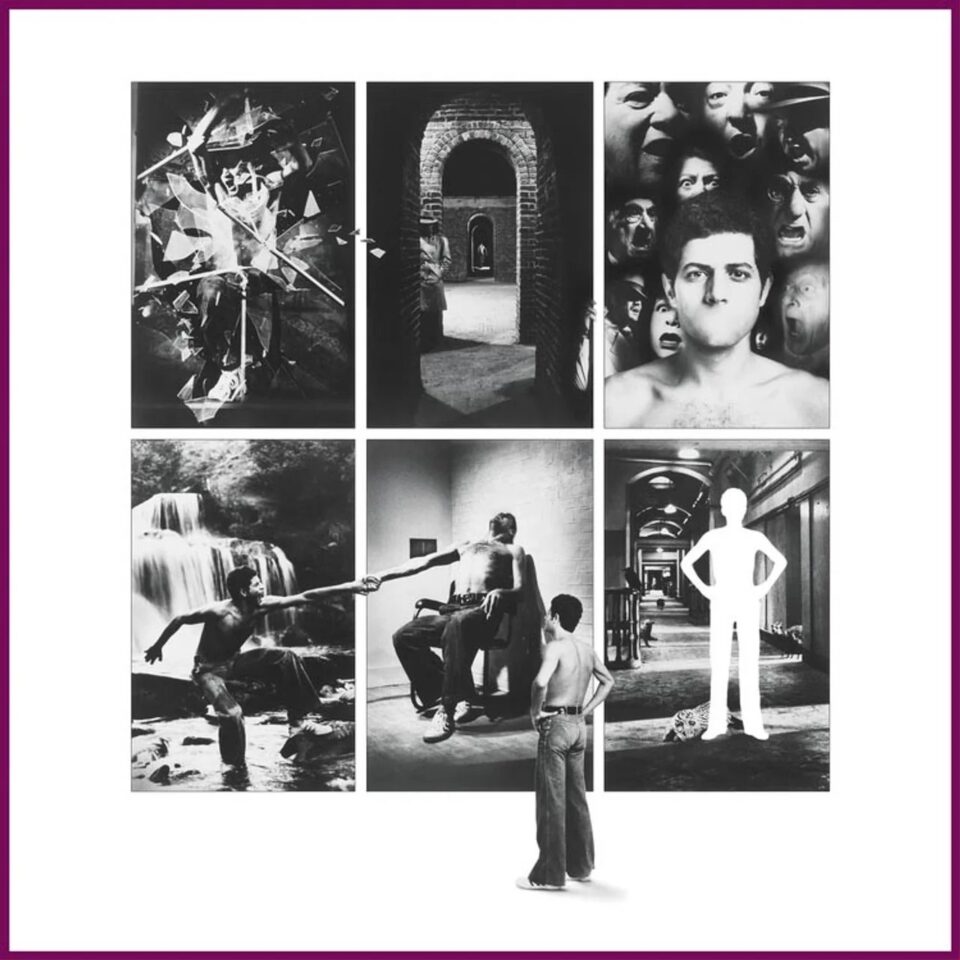When seminal dance-punk duo Death from Above 1979 imploded in 2006, partners Sebastien Grainger and Jesse F. Keeler seemed content to go their separate ways, finding creative solace in the musical arms of another, so to speak; Grainger collaborated with everyone from Fucked Up to Does It Offend You, Yeah? while Keeler and longtime collaborator Alex Puodziukas (Al-P) joined forces as electronic act MSTRKRFT. What started as an off-brand side project turned into Fist of God, a full-fledged LP of in-your-face ragers with unexpected appearances from artists like John Legend and E-40. Combining the abrasive noise of DFA 1979 with the sleek production of EDM, MSTRKRFT were making dance music for the alternative set to fistbump (or mosh) to in those burgeoning years of bloghouse.
Ten years and one DFA 1979 reunion later, Keeler and Al-P are back with Operator, and this time, they have no interest in making hits. Taking a decidedly more aggressive approach, Keeler and Al-P stepped away from their laptops and plugged in to their drum machines and synthesizers to create something more analog and raw. We sat down with the pair to talk about getting back to basics, and their search for what it means for MSTRKRFT to be a band again for the first time.
How was it getting back into recording this album after taking such a long break from MSTRKRFT?
Alex Puodziukas: I guess after the last thing that we released [2011’s Back in the USSA EP] we just needed to take some time to figure out what we wanted to do next. We’d always wanted to do something live, or as live as possible, because there are a lot of degrees of “live.” We didn’t want to just press play again because at that point you might as well be DJing—which we had done a lot of and we still do and we still enjoy. But we were looking for a way that we could play this kind of music in [its] rawest form.
That’s one component of how we wanted to make the record—we were making music and using as much hardware as possible and as little of the computer as possible. We do use computers, but the way that we use them is the same way that we would use a tape machine: it’s there to record tracks. It took a bit of time to figure out the setup that we wanted to use, the equipment that we wanted to use, how everything was going to interface and synchronize and be processed all at once.
Jesse F. Keeler: The simplest way to explain what it was we were doing [is that] we were figuring out how to be a band, rather than producers. The general way that most dance music is made is, it’s created as it’s recorded; that’s how people get spoken of as producers or artists but generally not as a band. We wanted to work as a band, so we were playing, creating music, and recording it afterwards. When we started recording, we weren’t thinking of making a record, we were just recording what we were doing. It wasn’t until later down the road that we decided that we should be making an album with all of this recording that we had been doing.
Jesse, do you have to get into a different headspace when you’re either recording or playing with MSTRKRFT versus when you’re playing as Death from Above? How do you feel your role changes from one band to the other?
“We were figuring out how to be a band, rather than producers.” — Jesse F. Keeler
Keeler: To some extent, I’m kinda doing the same thing in both groups, really. I create riffs and melodies and I write music. That’s what I do. That’s my role on this earth. They’re different tools, but it’s like the difference between painting and sculpting, you know? It’s a different way of being creative, but it’s just the tools are chisels instead of brushes, or vice-versa.
How would you say the working relationship between you two as MSTRKRFT compares to the bands that you’ve come from or any of your other musical endeavors with other people?
Puodziukas: Jesse and I go back a long way and we’ve worked on a lot of different music together, have been in the studio a lot together, and between the two of us, we kind of have this shorthand way of communicating that I’m hard-pressed to have with anybody else. I mean, we’ll be in the studio and we don’t really have to discuss much or debate or argue merits of one thing or another. It’s not telepathic, but we have a really simple, smooth way of communicating and getting things done.
Keeler: We’ve always spoken about things very conceptually [at the] start, and then we won’t need to communicate in a sense beyond letting each other know one or the other’s done something that we like. We don’t really get into the finer points of discussing details until the very final stages of what we’re doing, and at that point we’re bouncing ideas off of each other very quickly.
How did you guys get down to filtering through everything that you recorded and produced that was being considered for the final product of the album?
Keeler: It’ll sound funny, but we actually just listened to it all [laughs]. It was weeks of listening where we would just sit there and say, “OK, well, let’s listen back to day forty-two” and sort of put on whatever we recorded on day forty-two and drop markers in [on Pro Tools]. The narrowing process took a long time. It started off with like fifty things and then got down to twenty and then eventually down to what you have with the album now. But pretty much every piece on the record started out being, you know, twenty minutes long or so and then we sort of edited down what we had originally recorded so that it was more palatable.
“We actually did a lot of editing in Jesse’s truck traveling from Toronto. Hearing a lot of raw material in the car helps you zero in on the moments that are really special and really working.” — Alex Puodziukas
Puodziukas: Going through the raw material is kind of hard in itself because there’s a lot of patience that’s required to just sit down and listen to all the nuances, and what we’re looking for in the end is the finest iteration of the idea but with enough raw stuff around it so it’s not sterile. The assembly of the record was just as important as [its] creation and the recording of the source material itself. We actually did a lot of editing in Jesse’s truck traveling from Toronto, which is an interesting way to do it; everybody listens to a lot of music in their car, and hearing a lot of raw material in the car helps you zero in on the moments that are really special and really working. For me, it was a refreshing way to edit instead of sitting at a terminal.
You’ve both said previously that Fist of God was about “where dance music was headed at that time.” So where do you think dance music as a genre is going now?
Keeler: I think that we were correct in our assumptions about where dance music was gonna go—it certainly has gone that way since—but I think the only prediction we would make now is that things can grow much larger [than] the definition of what that thing is. Like, say you’re a fan of “rock music.” Rock music encompasses everything from Nickelback to The Locust, right? It’s a pretty broad spectrum and there’s who-knows-what-else that you would put in there. And I think that in reality, people’s tastes are much more specific than that in a general sense.
When you started together as MSTRKRFT, did you both intentionally set out to make dance music?
Puodziukas: We went into it not really considering it dance music, other than the fact that a lot of the songs have a kick drum on every beat. We were more interested in making music with electronic equipment and doing it in a live way, and the end result is—yeah, there are some tracks that I would describe as [some] sub-genre of dance music. But we didn’t really set out to make—to [use an overused] word—“bangers” with this record. We just wanted to make really satisfying music. FL

